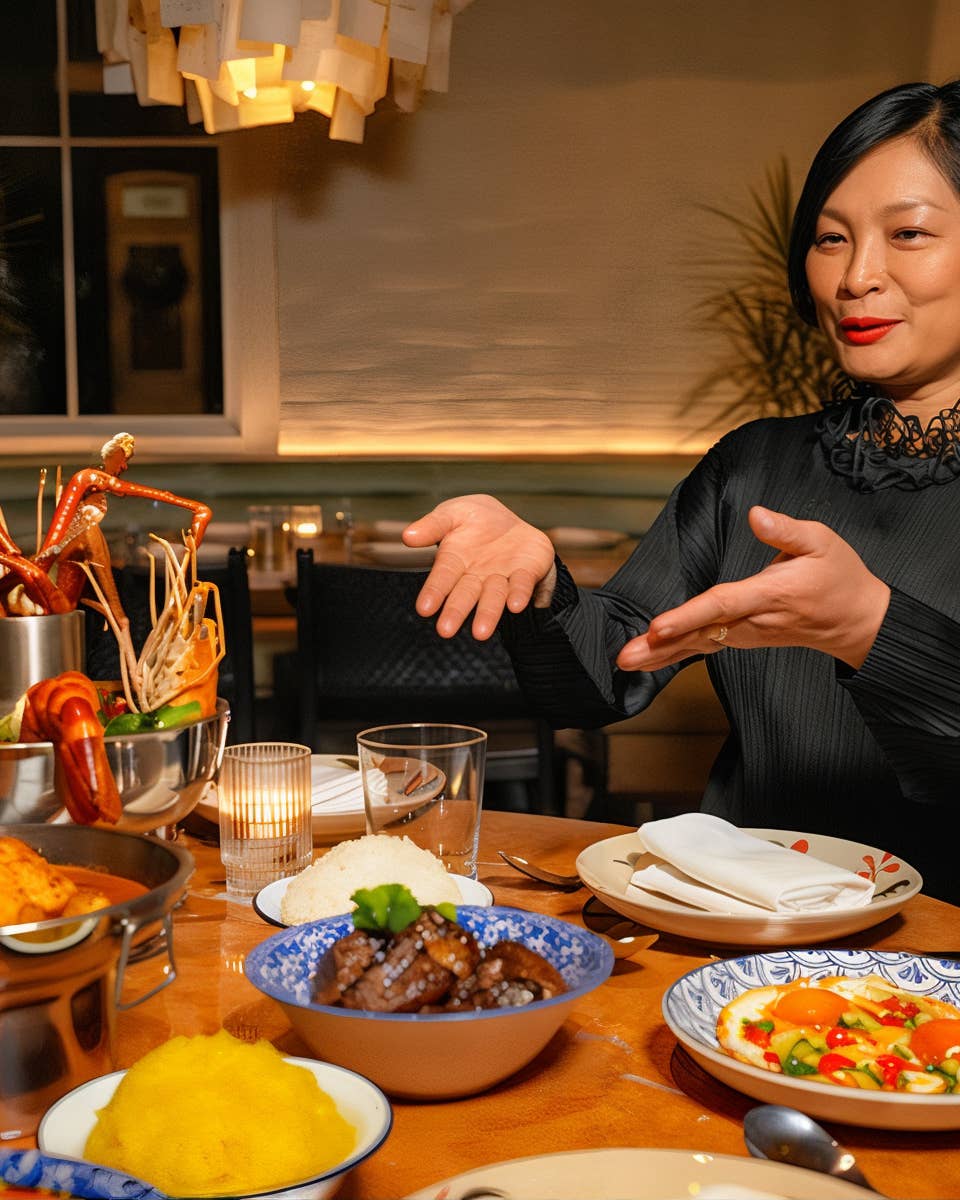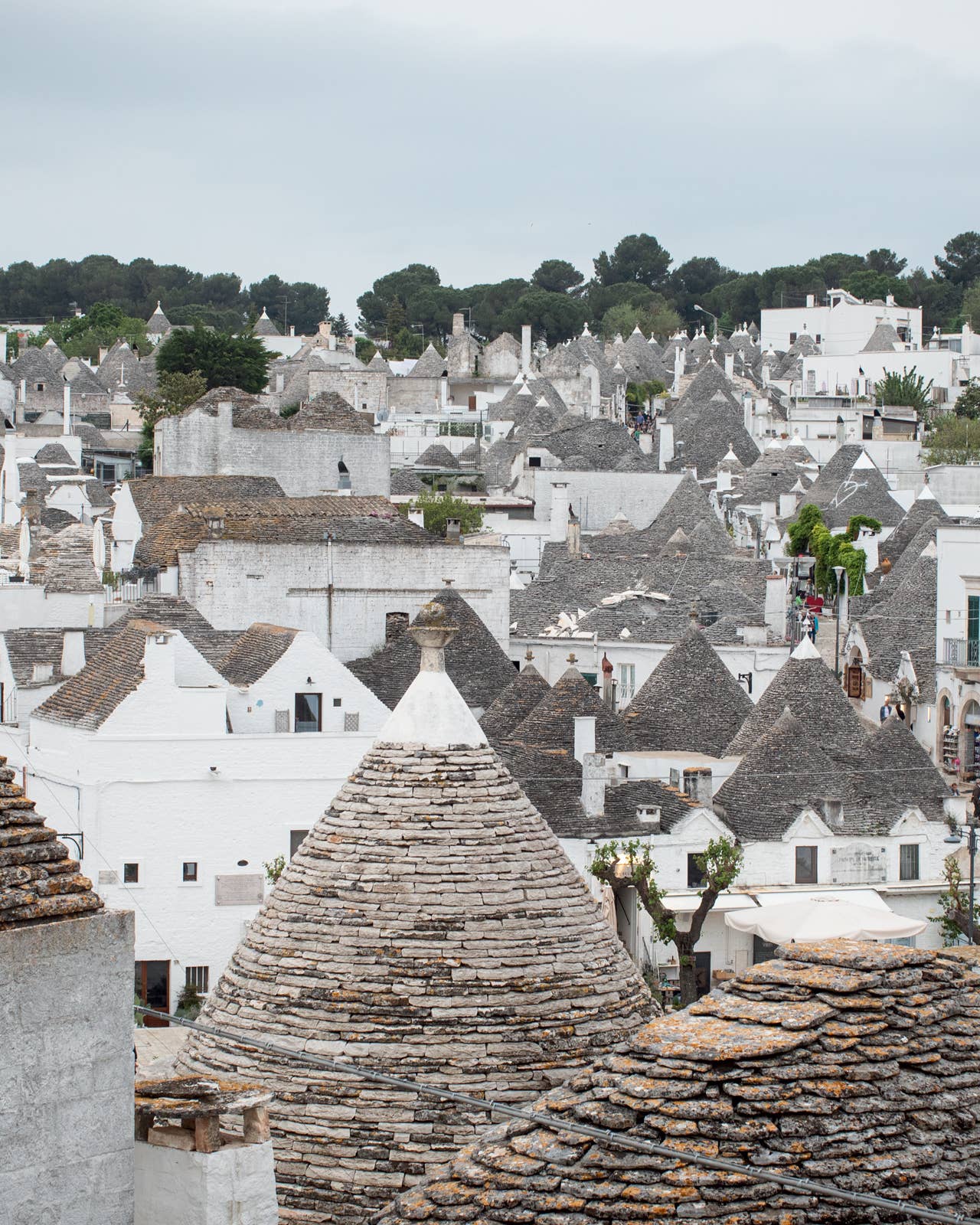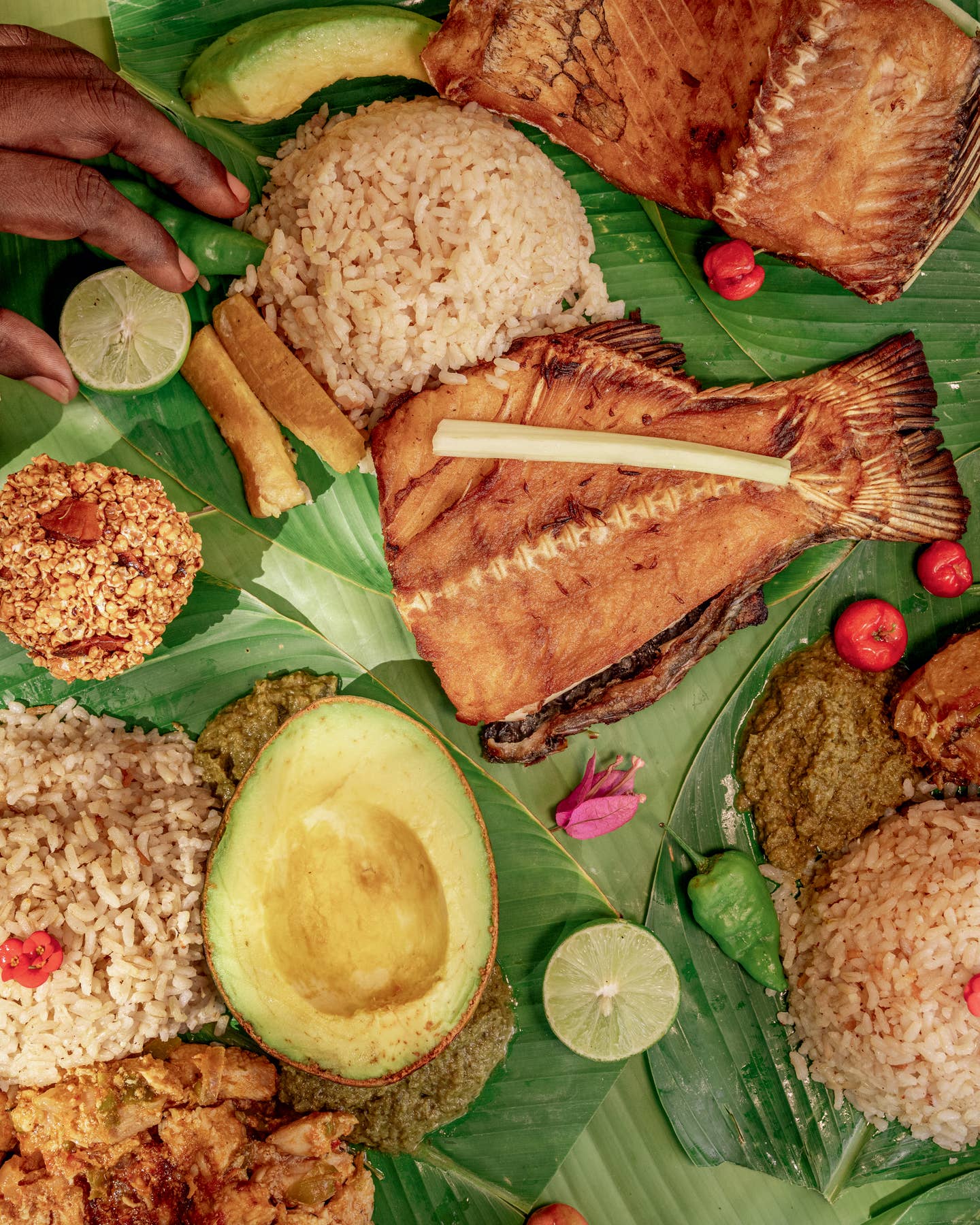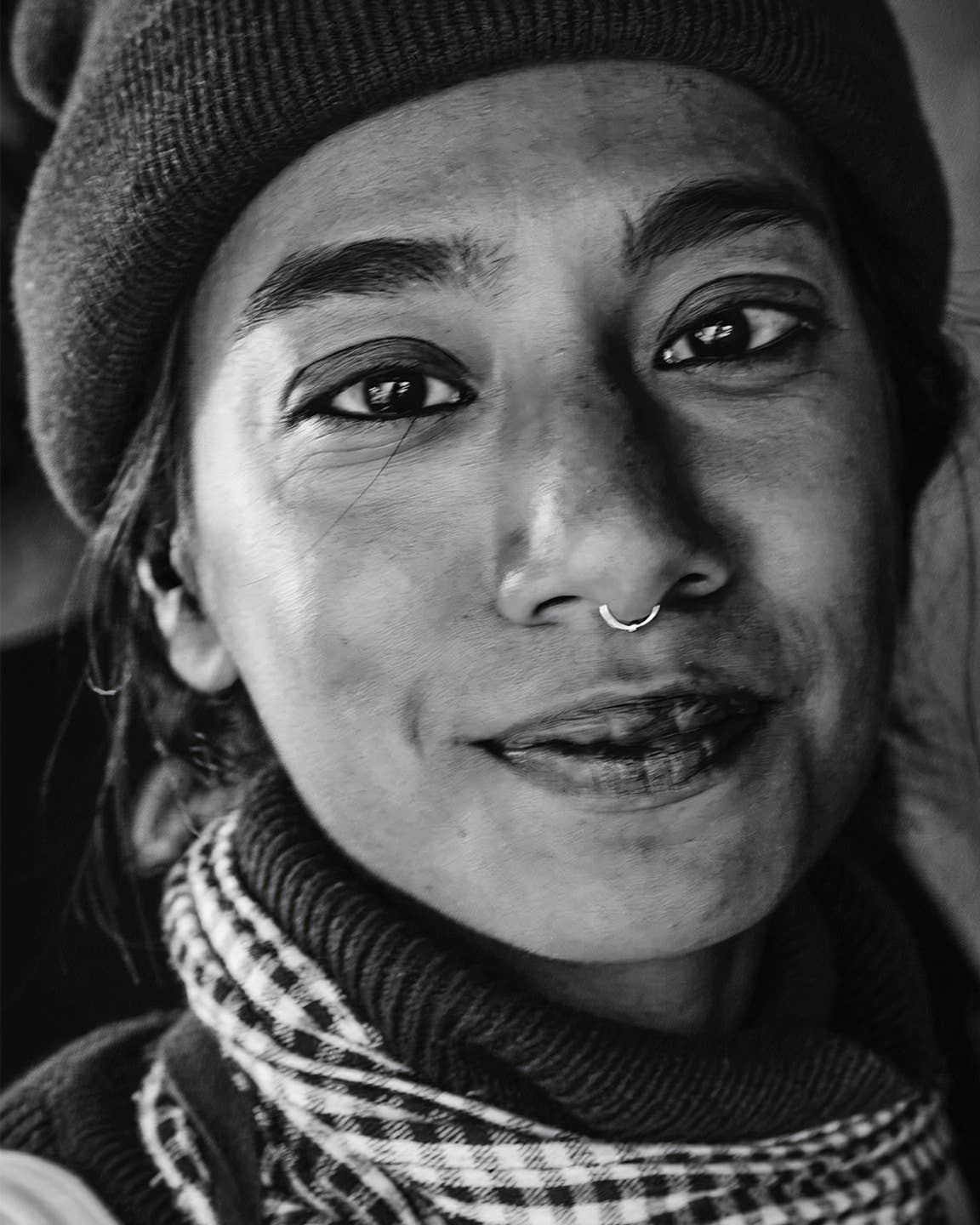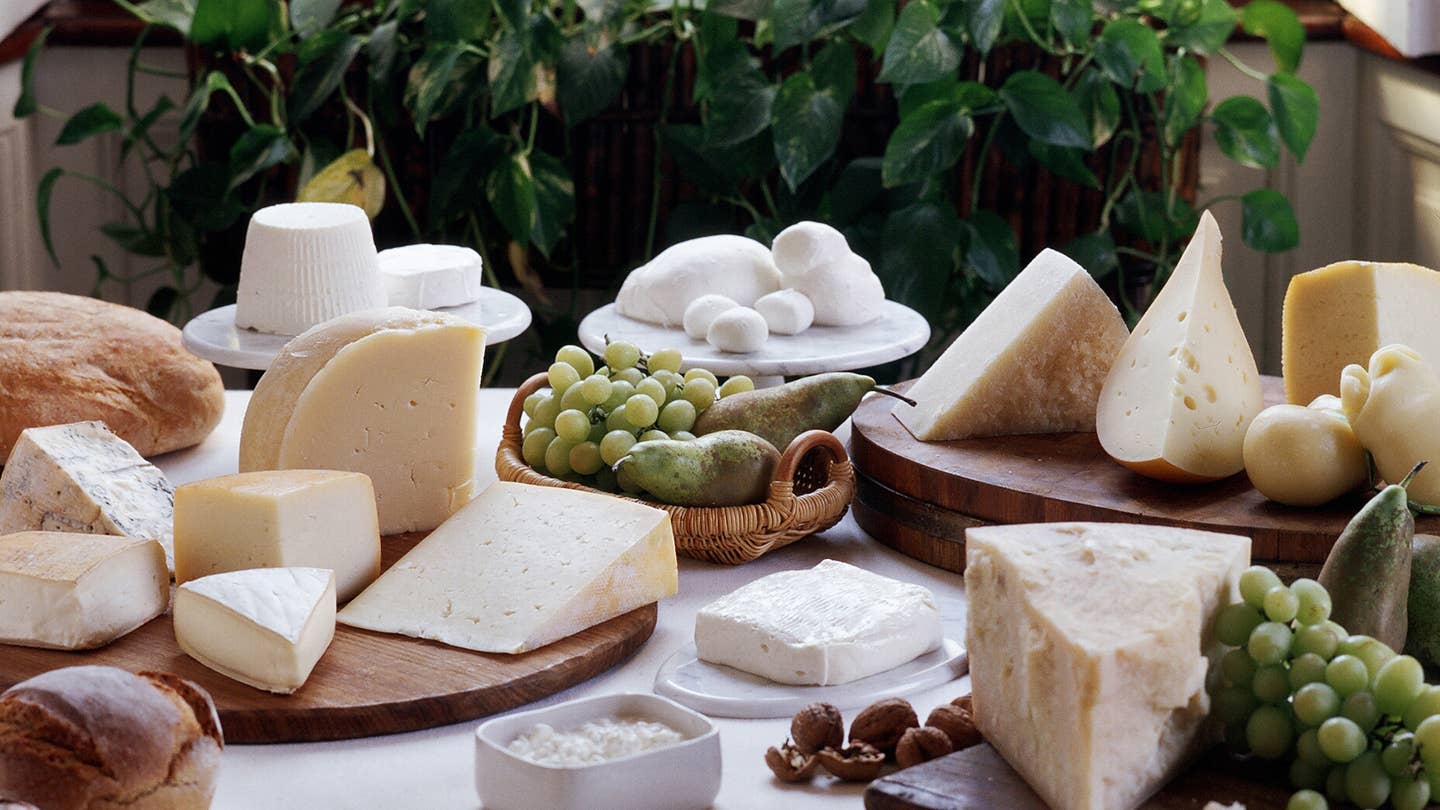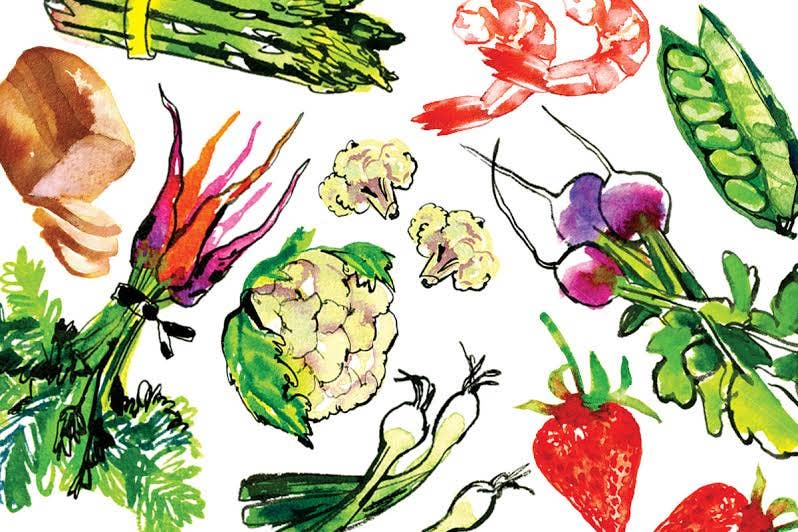
Mountainous Appetites: Where to Eat in Cerdanya
I moved to Barcelona in the mid-1970s, but it took me three or four years to discover the Cerdanya—a luminous stretch of mountains and valleys straddling the border between Spain and France a scant 70 miles north of Barcelona but long isolated from the city, and protected from mass tourism, by the southern fork of the Pyrenees. (A local saying maintains, ''Meitat de França, meitat d'Espanya, no hi ha altra terra, com la Cerdanya''—Half France, half Spain, there is no other land like the Cerdanya.) It took me another dozen years of skiing, skating, fly-fishing, mushroom hunting, and Romanesque-chapel browsing through this vast expanse of highland wilderness to discover the village of Eyne (population 84) on the French side of the border—and its great gastronomic treasure: Françoise Massot, proprietor of the country farmhouse inn called Cal Pai.
I first found the town while hiking the Grande Randonnee Pyreneenne, a trail that follows the crest of the mountains for some 270 miles, from the Atlantic to the Mediterranean. Eyne seems perched at the edge of everywhere. Two French communes, Cerdagne (this is the French spelling of the Catalan Cerdanya) and Conflent, conjoin at the pass of Col de la Perche just to the north, and the corner of a third, Capcir, is a few miles away. And Mediterranean and Atlantic ecosystems meet in the botanical reserve of the Eyne Valley, nurturing, among other things, a variety of rare plants—for instance, a kind of root vegetable that Massot uses in her summer vinaigrette—and 32 types of humblebee (a large wild bee that hums instead of buzzing). The town itself is nothing more than a concentration of about two dozen speckled-stone, slate-roofed farmhouses clinging to the hillside over the icy-clear Eyne River. Falcons nest in the rocks above Eyne, and horses roam the meadows on its outskirts.
Françoise Massot—painter, quilt maker, Spanish-language philologist, and all-around artist—comes from far away, from the industrial town of Troyes, southeast of Paris. She studied at the Sorbonne and in the late 1980s moved south to Toulouse with her then husband, a lawyer manque named Jean-Pierre Massie, and her two children. The family continued on into the Pyrenees, where they restored three farmhouses and then turned one of them, named Cal Pai, into an inn. (Cal is more or less the Catalan equivalent of the French chez; Pai was the name of the man who originally owned the property.)
Sometimes known as Françboise for her encyclopedic knowledge of, and mastery over, every variety of wild raspberry (framboise), strawberry, blueberry, rose hip, mushroom, asparagus, plum, pear, and apple in her part of the Pyrenees, Massot disappears periodically for weeklong solo treks in the mountains. One afternoon, we walked up into the hills above Cal Pai to help her harvest rose hips—which shouldn't be picked until they've been softened a bit by the frost, she told us. Then, as the shadows lengthened and the hillside turned a tawny golden hue in the afternoon sun, we discovered, in a stand of pine, a veritable treasure trove of rovellons, Lactarius deliciosus—lovely rust orange mushrooms with delicate gills under their lighter, umbrella-shaped caps—which, of course, Massot put on that evening's menu.
With her children, Joseph, 24, and Luce, 15, she runs Cal Pai not as a rural hotel filled with strangers but as something resembling an ongoing house party for old friends. The first year we visited the place, for instance, the inn was playing host to 31 guests in all, representing three or four nationalities and ranging in age from 2 to 55. We'd all spent the day out variously walking, hiking, and skiing (both cross-country and alpine) and had slumped back into the inn exhausted—but by eight that evening we had somehow managed to assemble at the 25-foot-long communal table in the inn's massive stone and wood-beamed dining room. Before long, the food and wine and music—someone had brought a guitar—started kicking in, and everyone revived.
Not surprisingly, the culinary specialties of the Cerdanya tend to be rich and often wild in provenance: plenty of stewed or roasted partridge and other game birds; boar, mountain goat, and venison; and wild mushrooms, herbs, and fruits. Also common are pates and terrines and hearty main-course soups like ouillade, the local version of the rich meat-and-vegetable concoction eaten in some form or other all across the Pyrenees. Massot's menus, though, define heartiness with a certain refinement. Our meal on this occasion began with homemade pate on a bed of mache, followed by a salad, and proceeded to a delicious free-range chicken in a lightly creamy gravy laced with rossinyolics—a kind of chanterelle also known as camagroc, or yellowleg. (Other nights, the main dish might be something like roast veal with cepes and banyuls or, at Christmastime, capon stuffed with morels.) We concluded with a cheese selection—ranging from the local tomme and a chevre from Mas Paturas, a nearby goat dairy farm, to classic brie, gruyere, and roquefort—and then a tart of Cerdanya apples. Pitchers of young red wine from the Roussillon, at the eastern end of the French Pyrenees, and plenty of spring water irrigated our feast.
After dinner, a whole group of us crowded into the tiny St-Miquel church, a veritable sound chamber, to sing impromptu versions of ''Lo, how a rose e'er blooming'' and ''Oh come, oh come, Emmanuel'' before tumbling out into the street and falling into a whooping snowball fight that ensnared even a few innocent passersby.
The next day materialized all too quickly. Massot rises at dawn, we learned, to bake apple cakes, pear tarts, and other fragrant creations for later in the day. And as the aromas drifted upstairs to the guest rooms, it was impossible to resist rising and stumbling down the creaky wooden stairs to join a few other guests in front of the fireplace over bowls of coffee and plates of eggs and toasted country bread with goat cheese and homemade rose hip and wild-raspberry preserves. Then we set off into the valley. The walk from Eyne to Saillagouse is a two- to three-hour trek along a well-marked route. That town's excellent Hotel-Restaurant Planes is a temptation, but we continued on for two more hours along the trout-infested upper reaches of the Cerdanya's most important waterway, the Segre River, to Llivia.
If the Cerdanya as a whole stands astride the cracks of history, the town of Llivia appears to have fallen right through. Llivia is an enclave, a piece of Spain semantically marooned within French territory by the treaty that in 1660 defined the border between France and Spain, ceding 33 frontier villages to France but failing to mention villas (towns). Because LlÃvia had been proclaimed a town—by, it is said, no lesser an authority than the Spanish king Felipe IV, who was apparently fond of the place—France could surround it but not claim it.
Llivia's two best restaurants, Can Ventura and La Formatgeria de Llivia, are run by members of the same family—the former by Jordi Pous and his wife, Ester Rosal, and the latter by Jordi's sister, Marta Pous, and her husband, Juan-Jose Meya. The Pous siblings' father, Josep—a polymath who, in his student days, used to read books upside down to improve his powers of concentration—opened the original family business, the Hotel Llivia, in the late 1960s. An easygoing family inn and base camp for hiking and other excursions, from horseback fly-fishing treks to cross-country skiing, the hotel is now managed by another of Josep's sons, also named Josep, who is mayor of the town and president of the National League champion Puigcerda ice hockey club.
Can Ventura is one of Llivia's most extraordinary buildings—an ancient mas, or farmhouse, with what were once stables on the ground floor and living quarters, including a ballroom with a tiny wood-railed mezzanine for the musicians up above—and the foie gras, native trout, and beef cooked a la llosa (on Pyrenean slate) are never short of perfect. On this occasion, though, we headed for the Formatgeria—a onetime cheese factory that now serves hearty highland feasts overlooking the Pyrenean heights of Puigmal—for one of the region's emblematic dishes: trinxat (treen-CHOT; the name derives from the Catalan verb trinxar, to chop or cut up), an age-old Cerdanyan specialty made of winter cabbage, potatoes, and salt pork.
Juan-Jose Meya's father, Juan, who was vice president of the Gastronomical Society of the Pyrenees (he is now retired), loves to talk about local dishes, and he told us much about trinxat. The main ingredient, the semifrozen—or at least thoroughly frostbitten—winter cabbage, he said, is a product of the Cerdanya's geography. The valley floor's 5,333-foot mean altitude ensures overnight freezes in winter, but the wide valley receives as many as 300 days of sun annually, allowing a wide range of crops to grow nearly year-round, and snowfalls nearly always melt in the sun within a few days. The winter cabbage, or col d'hivern, is often dug right out of the snow, its heart, or cocollo, tenderized by the cold. ''The outer leaves for the livestock, the stalks for the rabbits, and the cocollo for the people,'' said Meya.
After lunch, the walk back up to Eyne was spectacular—first with the slanting rays of the descending sun spotlighting the rolling hills and abrupt peaks to the east, and then, after sundown, a progression of oranges, reds, and pastel pinks to the west and a reddish alpenglow on the high ground all around us. By the time we reached Cal Pai, starlight and an immense moon were beginning to clear the horizon.
We were just in time for a pre-dinner fireside glass of banyuls, a sweet, portlike French specialty made in the foothills overlooking the Mediterranean. Dinner was another tour de force. First came crepes aux poireaux (buckwheat crepes filled with leeks and creme fraiche), a lovely combination of light and dark flavors. Next was Épaule d'agneau a la catalane (shoulder of Pyrenean lamb), fragrant from its diet of rosemary, cooked with lemon juice, which gave it a light, tart edge. Following the cheeses this time, there was a tarte aux poires et cynorrhodons, a pear tart with pine nuts and just a hint of wild rose hip conserve. After dinner we took a short stroll in the subfreezing mountain air, the moon illuminating the snowcapped Pic Carlit, the highest peak, and the effervescent lights of the valley stretched out below. Then we climbed back up the stairs to our room—and the next thing we knew, it was time to wake up and smell the apple cake all over again.
George Semler is a Barcelona-based writer and frequent visitor to the Cerdanya. His last piece for _Saveur _was ''The Culture of Tapas'' (September/October 1999).
Keep Reading
Continue to Next Story





